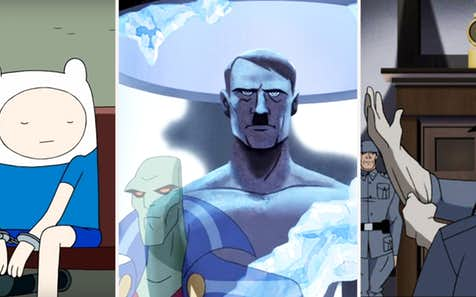
Politics. Race. Economics. Religion. War. Genocide. These are topics adults often feel discomfort talking about amongst themselves. Teaching about them to children becomes extra sensitive. When media aimed at children deals with them, the results are often downright controversial. As such, it’s common sense that most kids’ shows don’t even dare to approach those taboo subjects. Here’s a list of 15 different cartoons that ignored that common sense and went ahead anyway to make bold, often subversive statements on some extremely touchy topics.
RELATED: Taboo Toons: 15 Superhero Cartoons That Should Have Been Censored
This is a list of cartoons aimed primarily at children; cartoons aimed at adults like The Simpsons, Family Guy, South Park, and even classic Looney Tunes (which were originally shown in front of adult movies long before they aired censored on Saturday mornings) are excluded, though they’ve all commented on these subjects in their own outrageous ways. Some of the political statements in these cartoons are completely intentional, while others might be accidental but many people have read into them anyway. Some are brilliantly thought out, others are a bit more unfortunate. They span the political spectrum from left to right. Which ones did you agree with, and which ones offended you?
SPOILERS for Zootopia and The Legend of Korra
15. SODARN INSANE (ANIMANIACS)
During World War II, it was common and not the least bit shocking for cartoons to address the war and make fun of America’s enemies. Classic theatrical cartoons, while popular with all ages, were not directly meant for children. Animaniacs wanted to emulate the spirit of the classic Looney Tunes but came about in a different time; it was marketed as a kids’ show, and kids’ shows aren’t supposed to get too directly political.
In spite of these taboos, Animaniacs went ahead anyway with jokes about current events and real world dictators. Just two years after the Gulf War, two different Animaniacs episodes featured the character of “Sodarn Insane,” a clear parody of Saddam Hussein. In one episode, “Hot Bothered and Bedevilled,” he falls into Hades. In the other, “Baghdad Cafe,” Yakko and Wakko confuse his war room for a restaurant and Slappy throws dynamite down his pants.
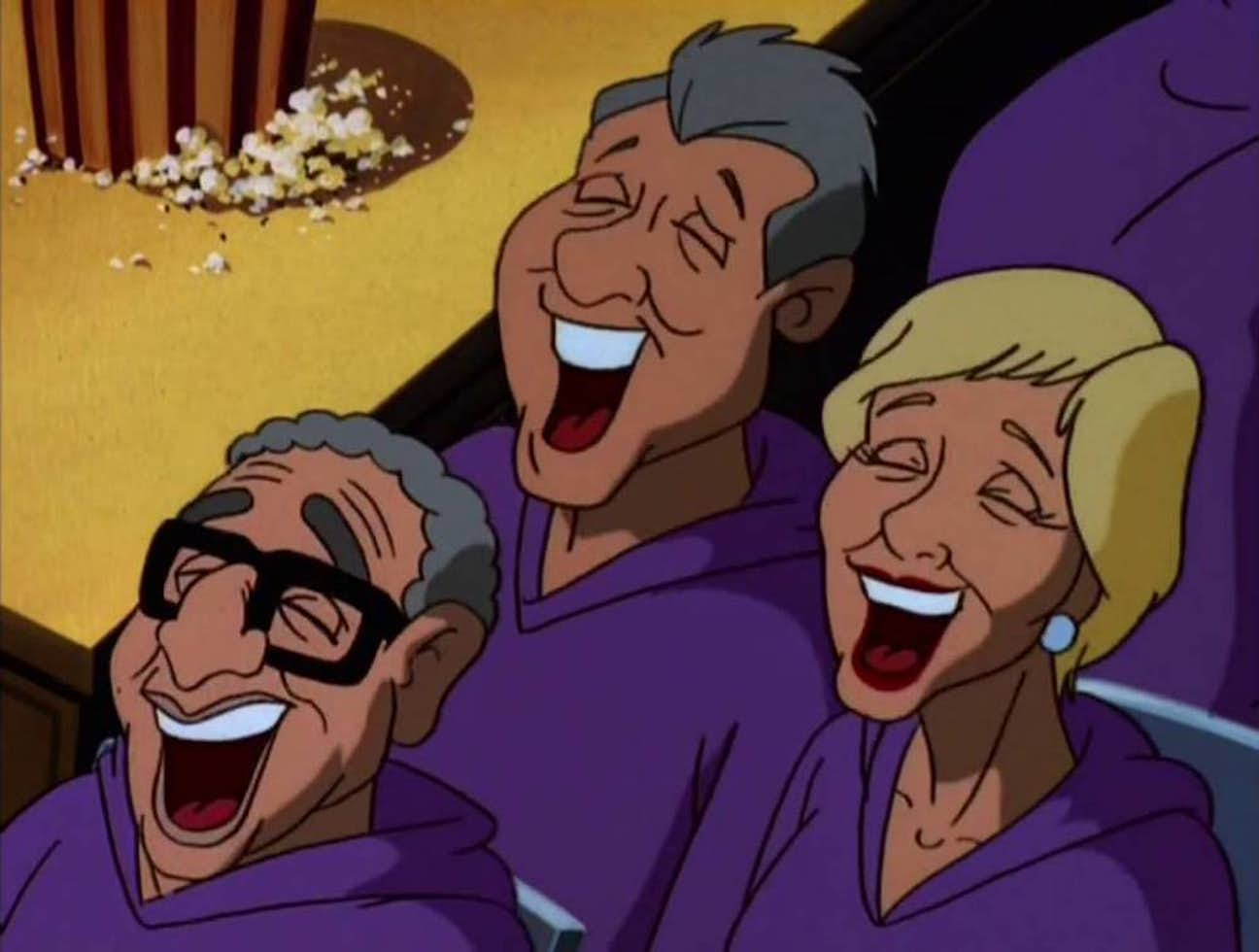
Animaniacs opened with “Bill Clinton plays the sax,” but their spin-off series Pinky and the Brain went even further with making jokes about the President. It makes sense that Pinky and the Brain would touch more on politics, given the premise of a would-be dictator seeking world conquest practically demands it. It made for an odd show WB wasn’t entirely sure how to market, airing on both the kids’ block and in primetime amongst adult programming.
Pinky and the Brain portrayed Bill as a silly, childish man who just wanted to have fun and had his wife Hillary take care of most of the serious business of governing. They even touched upon the impeachment scandal, as a segment about various world leaders’ downfalls included a picture of Bill with his pants down. Lest you accuse the show of a partisan agenda, they also mocked Newt Gingrich as a “clown.”
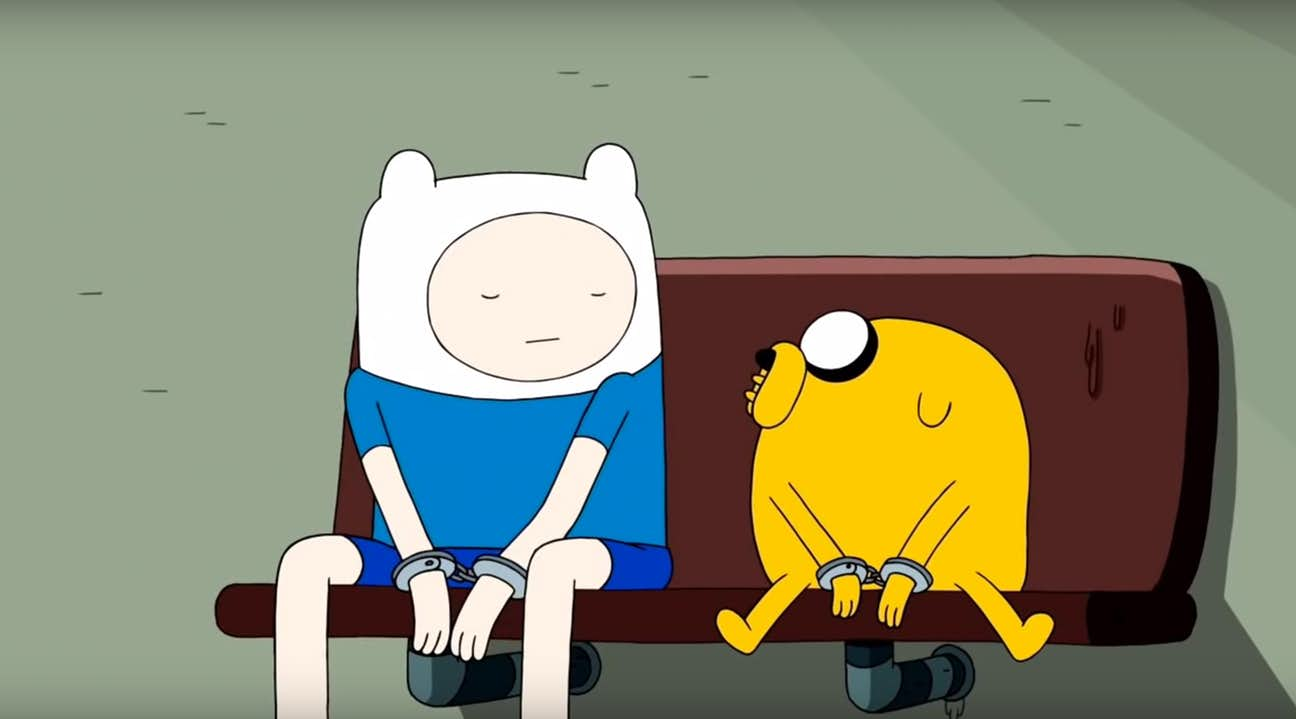
Adventure Time had many subtle subversive moments, but the most political the show’s been was in “Ocarina.” In that episode, Jake’s businessman son Kim Kil Wan buys the deed to Finn and Jake’s treehouse and starts leasing it to other tenants. Finn gets arrested for “trespassing” in a new tenant’s rooms. While Finn’s in banana guard custody, Jake explains, “The laws ain’t made to help earthy cats like us.”
Jake lays out a basic primer on anarchist theory to Finn, discussing how “back in the real old days” the law was propped up arbitrarily so the people who’d taken control of the most resources by brute force could morally justify keeping down the less fortunate. Jake might not be out in the streets protesting the law in Ooo (and he does an awful lot of errands for ethically questionable monarchs), but he still expresses a radical anti-authoritarian philosophy.
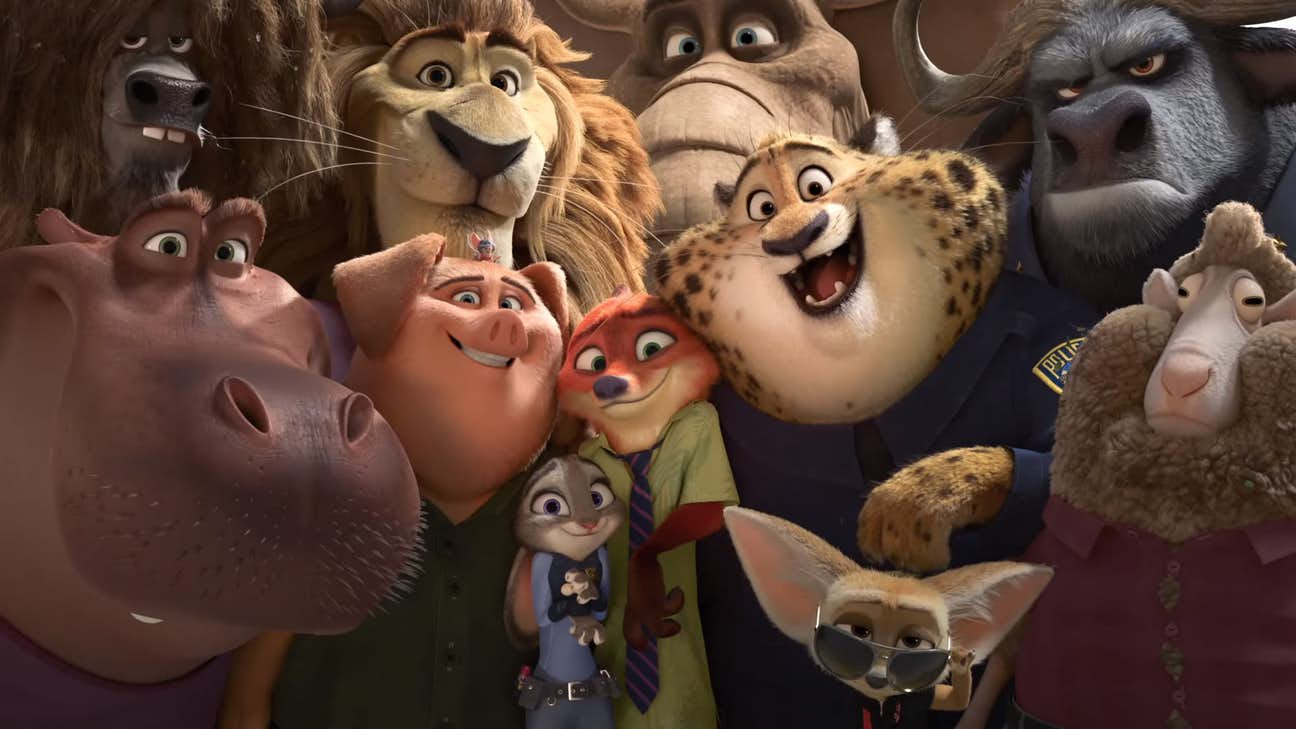
Many kids’ movies have some sort of generalized message about tolerance. What was shocking about Zootopia was just how specific and in-depth its commentary on the workings of racial prejudice was. Kids watching the movie got a basic understanding of intersectionality, how members of one oppressed group (smaller animals) can still hold bigotry, conscious or unconscious, against another oppressed group (predators). They learned about microaggressions (it’s rude to touch a sheep’s fur) and slurs (“cute” is an offensive word for bunnies).
Zootopia‘s ballsiest message was in the resolution of its central mystery. The rash of attacks by predators, assumed to be caused by something inherently “savage” in their DNA, turn out to be the result of drugs forced upon them by corrupt government officials. Yes, a Disney movie in 2016 intentionally evoked the theory than the CIA caused the crack epidemic in the inner cities.
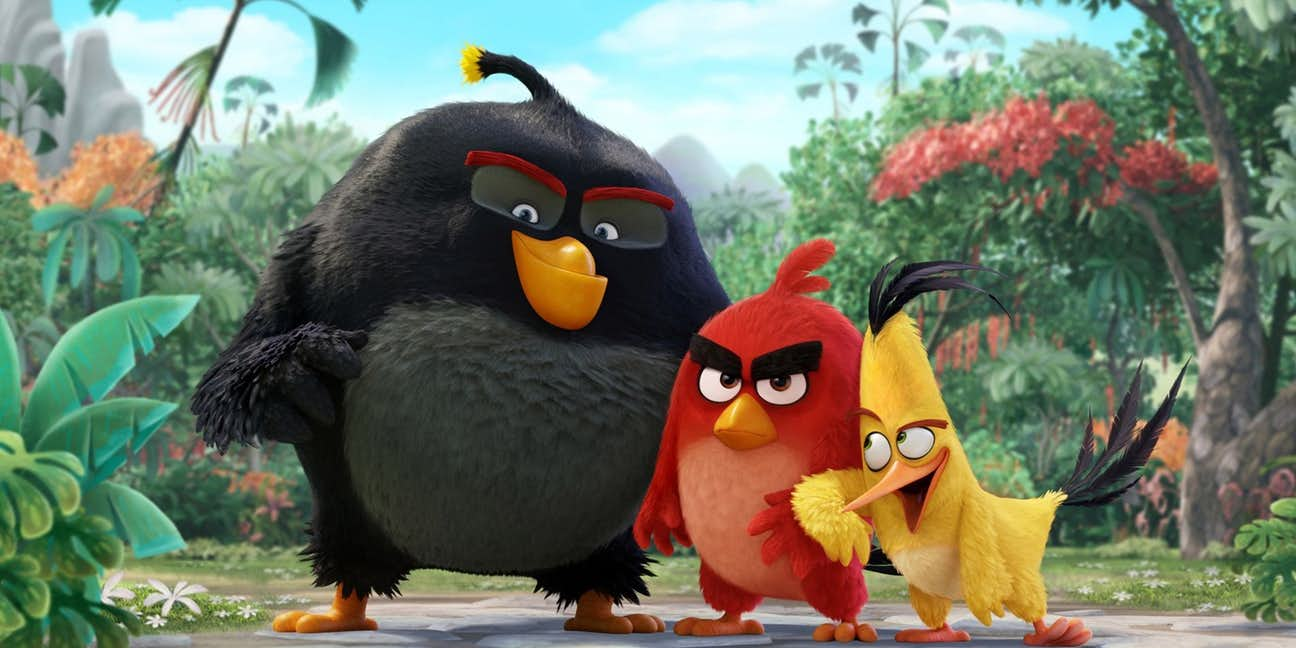
Zootopia was followed in theaters by almost its exact opposite in terms of message: The Angry Birds Movie. Really, The Angry Birds Movie? If you weren’t paying attention, it might just seem dumb and innocent. However, the film’s subtext, whether intentional or unintentional, gives off the message “What if racism was good?”
The most charitable read of the film, in which foreign invaders of another species pretend to be friendly but are actually thieves, is that it was supposed to resemble a colonial struggle. It misses that mark, however, as Red’s initial suspicions of the pigs are based entirely on the fact that they’re a different species. That his prejudice is proven right when it turns out the pigs are in fact bad guys makes it seem like the film supports anti-immigrant racism. Neo-Nazi websites embraced the film and its questionable morals.
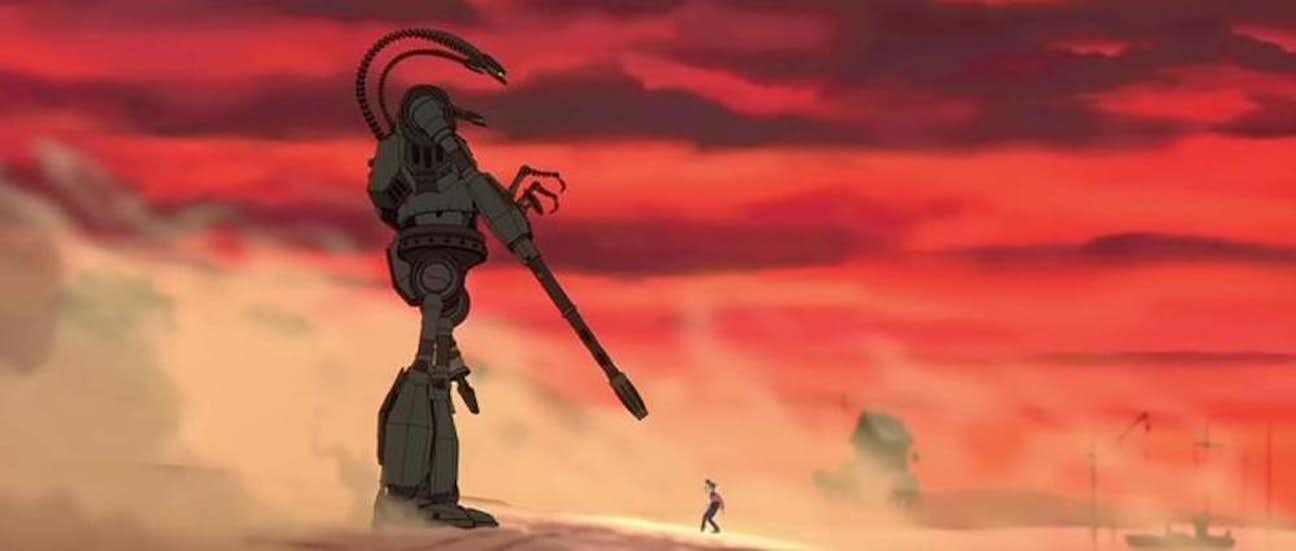
The Iron Giant is one of the world’s most beloved movies that nobody actually saw in theaters. It’s now a cult classic, but Warner Bros. essentially buried it on its initial release and nobody’s quite sure why. Some have theorized, however, that the reason for the film’s limited marketing was that the studio was scared of courting controversy among conservatives.
Set in the 1950s, The Iron Giant directly deals with the Cold War and presents an allegory for how extreme anti-Communist paranoia could have unintended self-destructive consequences. Furthermore, the Giant’s character arc is that he’s essentially a gun who choses to stop being a gun. The way Hogarth explains guns to the Giant is simply “Guns kill,” a far cry from the NRA’s “Guns don’t kill, people do” mantra. The New York Post lambasted the film upon release for “political correctness.”
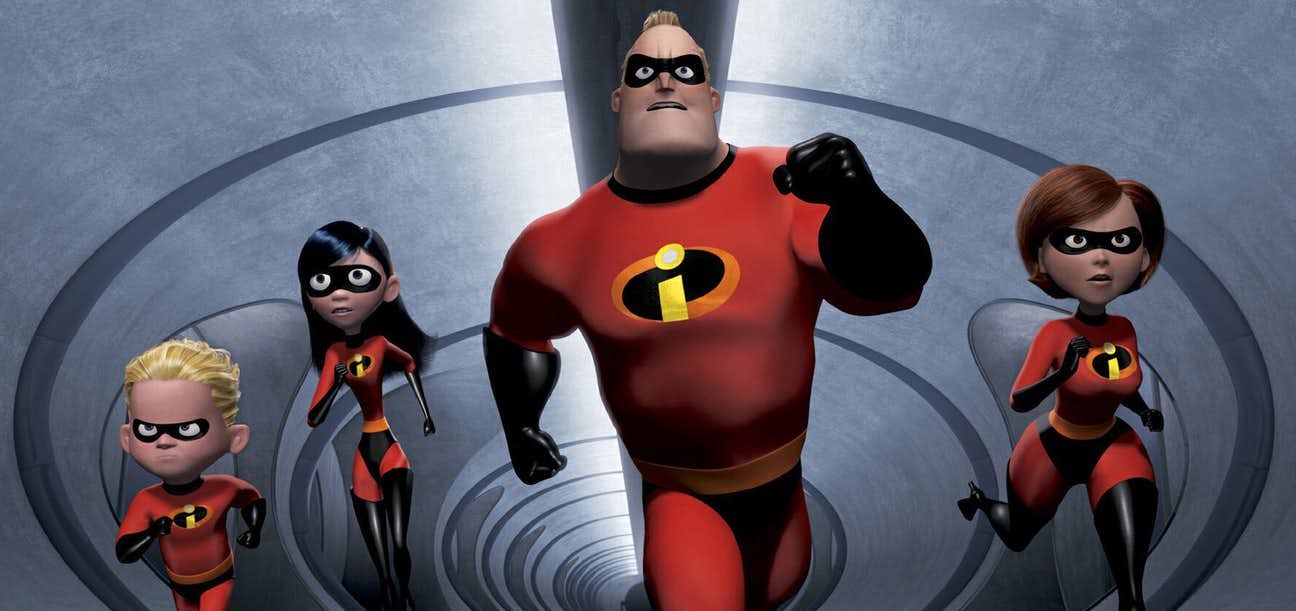
On the more libertarian end of the political spectrum, The Incredibles posits a world where the biggest obstacles facing superheroes are lawsuits and rules restricting them from using their powers. The set-up has been compared to Watchmen, but whereas Watchmen argues superheroes might not be such a good thing, Incredibles is firmly on the side of the superpowered.
Many have argued the film is representative of Ayn Rand’s philosophy of Objectivism, but that doesn’t fully add up. It does involve similarly elitist sentiments (the sentiment “if everyone is special, no one is” gets repeated throughout), but places a much higher value on self-sacrifice than Rand’s “virtue of selfishness” philosophy. Director Brad Bird, who identifies as a political centrist, says he went through an Objectivist phase in college but grew out of it.

A number of cartoons have satirized the problems with corporate capitalism. Wall-E presented a chilling dystopia of a planet destroyed by a careless monopolistic power. The Lego Movie was particularly ironic, a feature-length toy commercial that nevertheless advocated revolution against “President Business.” For a (relatively) more down to Earth satire of corporatism, however, Rocko’s Modern Life might be one of the most effective.
There’s no planet-threatening disasters or cartoonishly evil villains in Rocko‘s O-Town, but the whole series served as a way to warn its young viewers about the culture they’d be living and working in when they came of age. Rocko works dead end jobs (yes, including phone sex) and all the consumer goods he thinks will make his life easier only cause him more problems. Everything is controlled by Conglom-O, a company whose slogan is “We own you.”

It’s there in the show’s title: Aang the Avatar is the last airbender (well, until he has kids long after the show concludes). Avatar: The Last Airbender was unusually blunt in confronting the effects of war and genocide. While keeping on-screen violence to TV-Y7 standards, it covered themes beyond what most kids’ shows would dare to talk about. In the third episode, Aang finds the bones of his long murdered mentor Monk Gyatso along with countless other dead bodies in the ruins of the Southern Air Temple.
As the show progressed, it fleshed out the atmosphere of nationalism and propaganda that led the Fire Nation to commit genocide against the Air Nomads. These weren’t cartoonish villains being evil for the sake of evil, but realistic humans who all too believably fell for their worst impulses and caused unimaginable horrors. And this aired next to SpongeBob SquarePants and iCarly!

The Golden Age superheroes emerged around the time of World War II, so it’s tempting for writers handling these characters to explore that rich historical backdrop. However, writers of cartoon adaptations don’t usually get that opportunity, as addressing the horrors of the Nazi regime is difficult with young audiences. Avengers: Earth’s Mightiest Heroes stirred up controversy due to erasing any reference to the Nazis in the newsreel about Captain America’s backstory.
It’s impressive, then, that Justice League was able to get away with a Nazi-fighting World War II story in the first season’s finale “The Savage Time.” Alternate universes and time travel shenanigans lead to the League to team up with classic WWII-era heroes including Easy Company, The Blackhawks, and Steve Trevor in a tribute to Golden Age wartime propaganda comics. While they couldn’t show any swastikas, they were able to clearly state that the villains were Nazis.
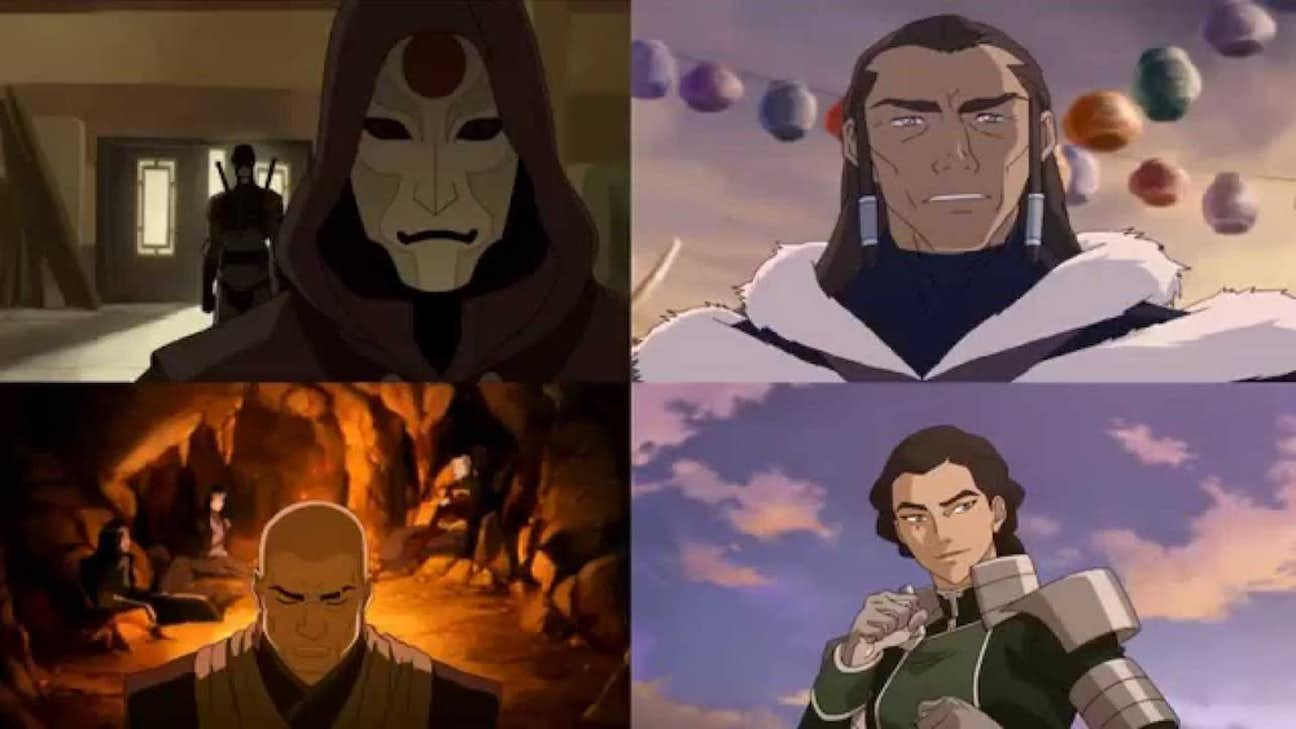
Where Avatar: The Last Airbender told the story of one conflict over three seasons, each season of Legend of Korra centered around a different villain corresponding to a different historical political movement. All had some legitimate points but went to extremist lengths. The first season’s villain, Amon, led an “Equalist” movement of non-benders attempting to eradicate benders’ power, a clear allegory for Communism. Season two’s big bad, Unaloq, was a theocratic religious extremist.
Zaheer in season three approached religion from a more liberationist anarchist approach. He was the most sympathetic of the villains and ended up on the side of the good guys in season four, but his violent methods were inexcusable. Finally, Kuvira in season four presented a new imperialist threat akin to fascist movements, though it turned out familial issues were motivating her more than ideology.
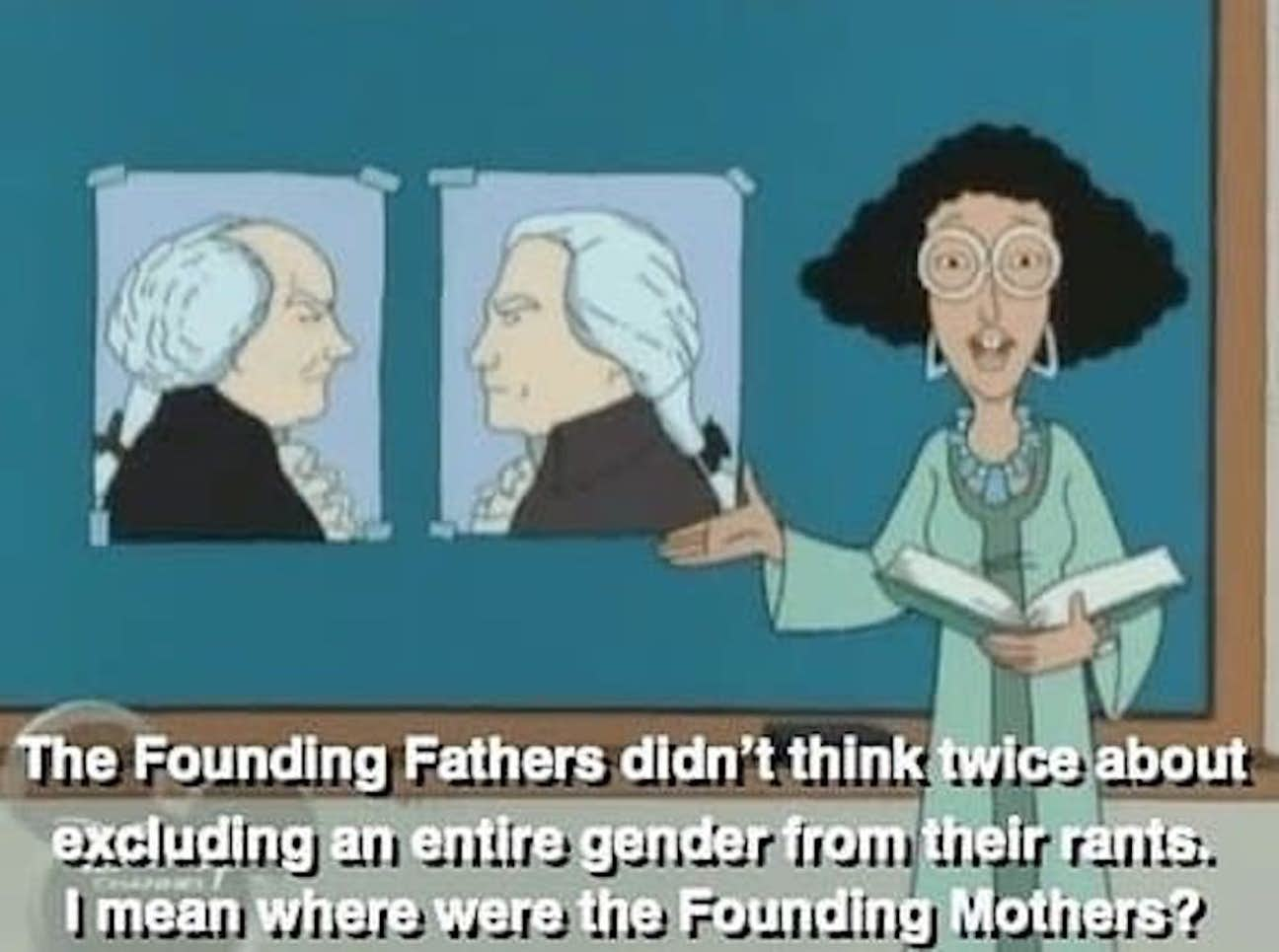
Ms. Grotke, the hippie 4th grade teacher in the Disney cartoon Recess, was a “social justice warrior” before it was cool. Kids might not have gotten everything she talked about, but the character presents an interesting Rorschach test for those revisiting the show as adults. Liberals can applaud her for making subversive points about race and gender in history, while conservatives can laugh at her as a caricature of left wing hippie types.
This was entirely by design. The show’s creators, Paul Germain and Joe Ansolabehere, are totally on Grotke’s side politically, but knew there was a more conservative corporate culture at Disney. Joe told Entertainment Weekly, “If we made fun of her a little bit, we could say what we really thought.” Self-mockery became a method of self-expression.
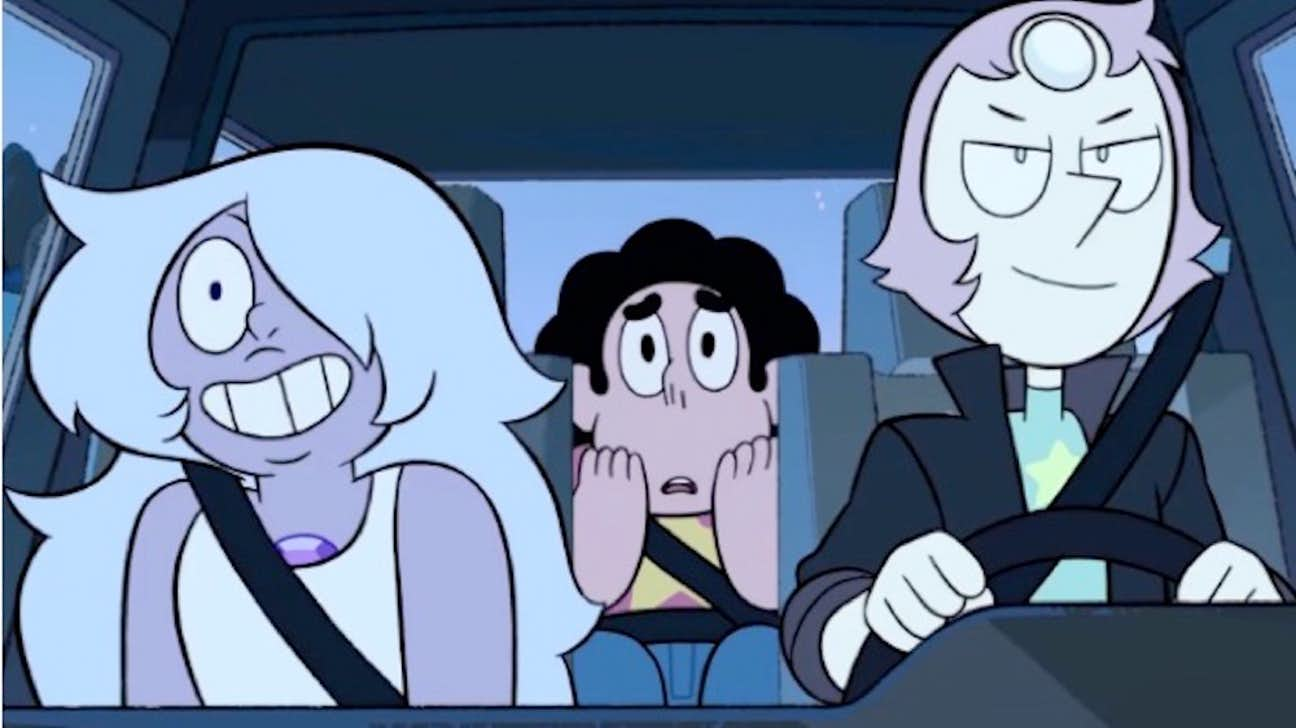
For as many heated topics as Steven Universe covers, it’s fascinating how relaxed the show’s Earthbound plotlines feel. Beach City feels pretty utopian. Racism (against other humans) and homophobia just don’t exist, and what little sexism exists is shunned. The Gem-based storylines, meanwhile, offer plenty of political conflict and commentary on oppression and resistance, but in abstracted allegorical form.
It’s always a mild shocker when we get reminded that Beach City does in fact have a government, and it’s one of these moments which was the only time Deedee Magno Hall, Pearl’s voice actress, felt uncomfortable with her kids watching. The scene, in the episode “Last One Out of Beach City,” has Pearl running a red light, speeding away from cops. The other characters celebrate the normally rule-abiding character showing a rebellious side. Where most of Steven Universe‘s “political” statements are packaged as family-friendly morals, the morality here’s more ambiguous.
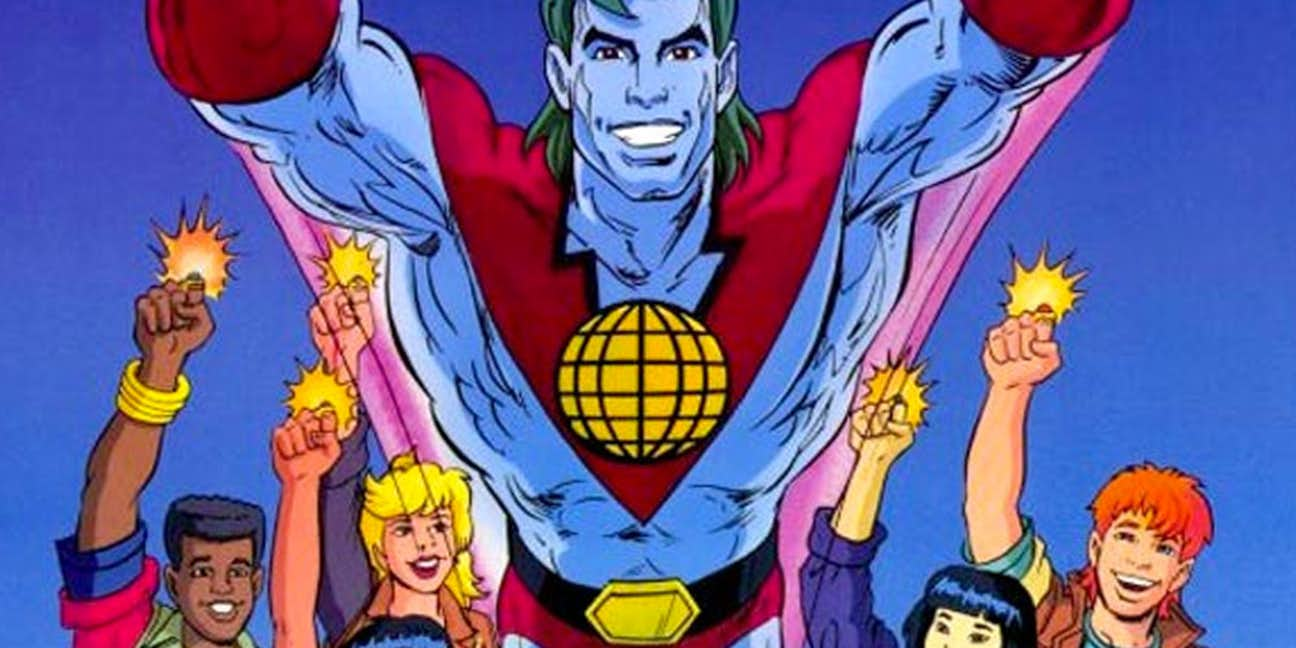
Captain Planet‘s very existence was political in as much as environmental issues often get politicized, but usually the show stuck to ecology rather than sociology. One time it did try to address different issues, in the episode “If It’s Doomsday, It Must Be Belfast,” was… interesting, to say the least. It’s certainly an ambitious one: in one half hour, it attempts to address South African racial tension right after Apartheid, The Troubles in Northern Ireland, and the Israeli-Palestinian conflict.
The results, as could probably be expected from Captain Planet, are well-intentioned but not the slightest bit good. It’s all poorly researched, terribly written, cartoonish simplifications of complex issues. The Northern Ireland segments in particular are widely mocked online among actual Irish people due to the absolutely dreadful accents, among other major problems.

The Smurfs live in a society without any money, while their enemy Gargamel hoards gold. Meals are eaten communally with equal distribution of food to all. Individual initiative isn’t rewarded among their kind, instead collective efforts are prized. Everyone is assigned to fit a specific role. They all dress identically, except their grand leader, Papa Smurf, wears a red hat and a beard resembling Karl Marx.
It all seems a bit like Communist totalitarianism, doesn’t it? This might not be intentional. Even Antoine Buéno, perhaps the harshest academic critic of The Smurfs, acknowledges “Peyo was not political,” but that there’s still nonetheless a subconscious dark political undercurrent to his work. Maybe this is overthinking a silly cartoon, but honestly, overthinking this stuff makes it way more interesting.
Which of these cartoons do you think went too far… or not far enough? Let us know in the comments!

